Unmasking the Spectacle: The Cultural Significance of the 2025 Met Gala
- Enora Grignou
- May 5
- 8 min read
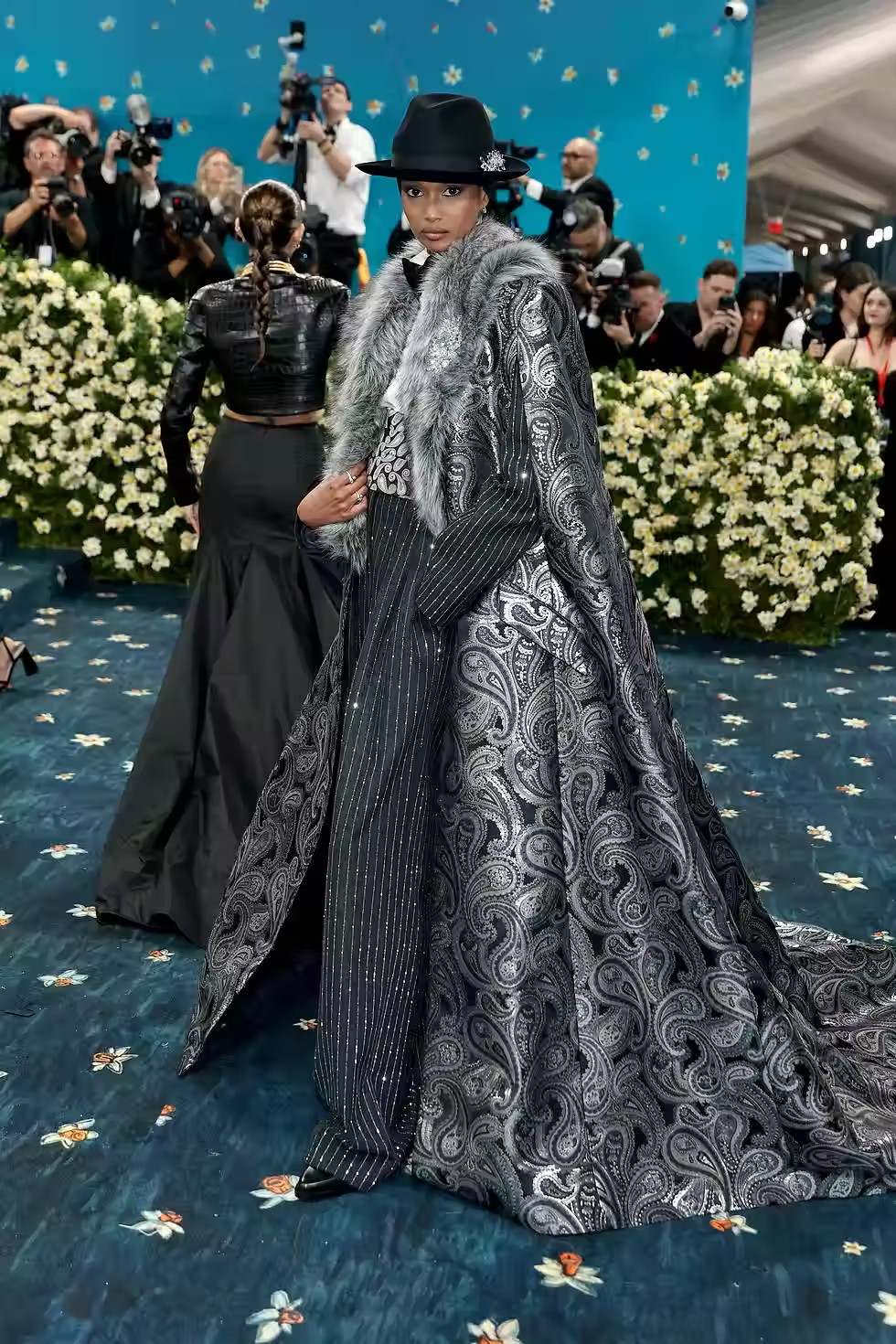
Flashing lights have hit pearly whites: the annual Met Gala has come and gone! The event, also known as the Costume Institute Benefit, is the primary source of funding for the Metropolitan Museum of Art's Costume Institute. The Met Gala, receiving its theme each year from the opening of that year’s exhibit, attracts the best names in fashion, the arts, and entertainment. While our favorite celebrities are strutting their stuff on the daffodil-dappled, midnight blue carpet, the rest of American society watches livestreams, seeing the new photos as they come out, in both awe and disgust at the splendor of the benefit. Part of the allure of the event is that the same outfit can engender multiple perspectives, be they good, bad, or ugly.
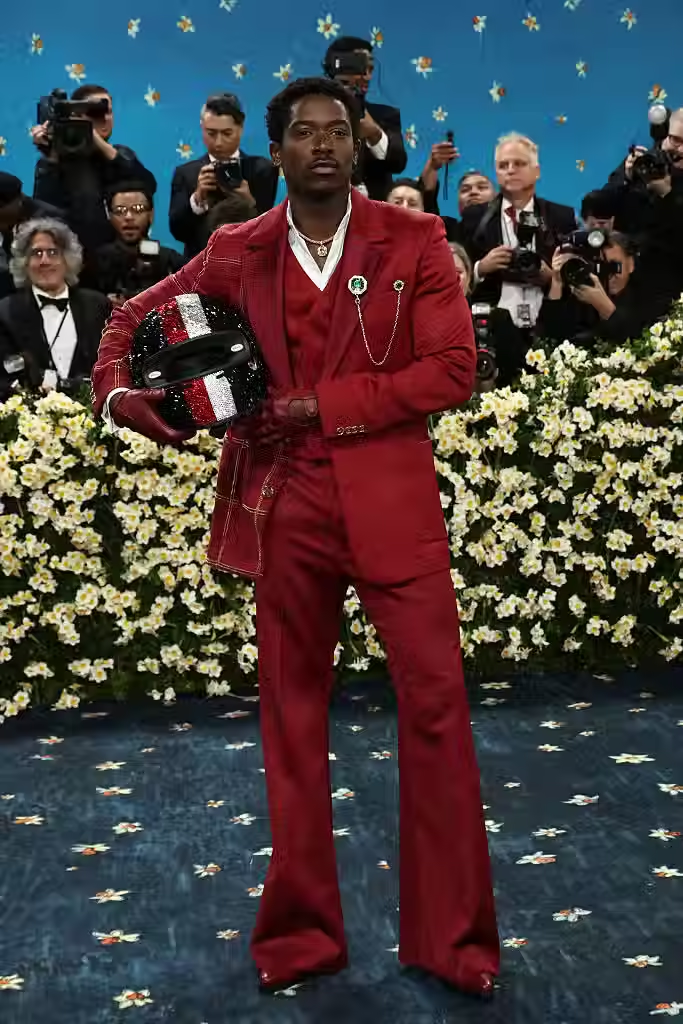
How does the Met Gala do it? How does it keep drawing people to watch, year after year? Well, ever since Anna Wintour took charge of the event in 1995, each year the occasion is marked with a specific dress code, taking inspiration from the topic of the exhibition. The importance of the theme cannot be understated; the most asked and answered question about an attendee’s outfit is, “was that person on theme?”
From 2018’s “Heavenly Bodies: Fashion and the Catholic Imagination” translating to “Sunday Best,” to 2024’s “Sleeping Beauties: Reawakening Fashion” shifting to “The Garden of Time,” this year’s focus of “Superfine: Tailoring Black Style” (leading to a theme of “Tailored For You”) immediately raised eyebrows. This theme, based on Monica L. Miller’s 2009 book Slaves to Fashion: Black Dandyism and the Styling of Black Diasporic Identity, beyond being the first time in two decades to spotlight menswear, was the first-ever Met Gala dedicated to Black designers.
“God created Black people, and Black people created style.” – George C. Wolfe
This year’s theme was a (long-overdue) recognition of the lasting impact Black people have had on the broader fashion world. Beyond Black fashion’s contribution to African American Vernacular English (AAVE) finding its way into mainstream media (we’ve all heard the word “drip” used in daily conversations), Black street style has had major effects on fashion as a whole, all without receiving the necessary recognition. Hoop earrings, athleisure looks, acrylic nails, baggy jeans – these fashion choices are only a fraction of what can be seen in popular culture that has direct ties to Black culture.

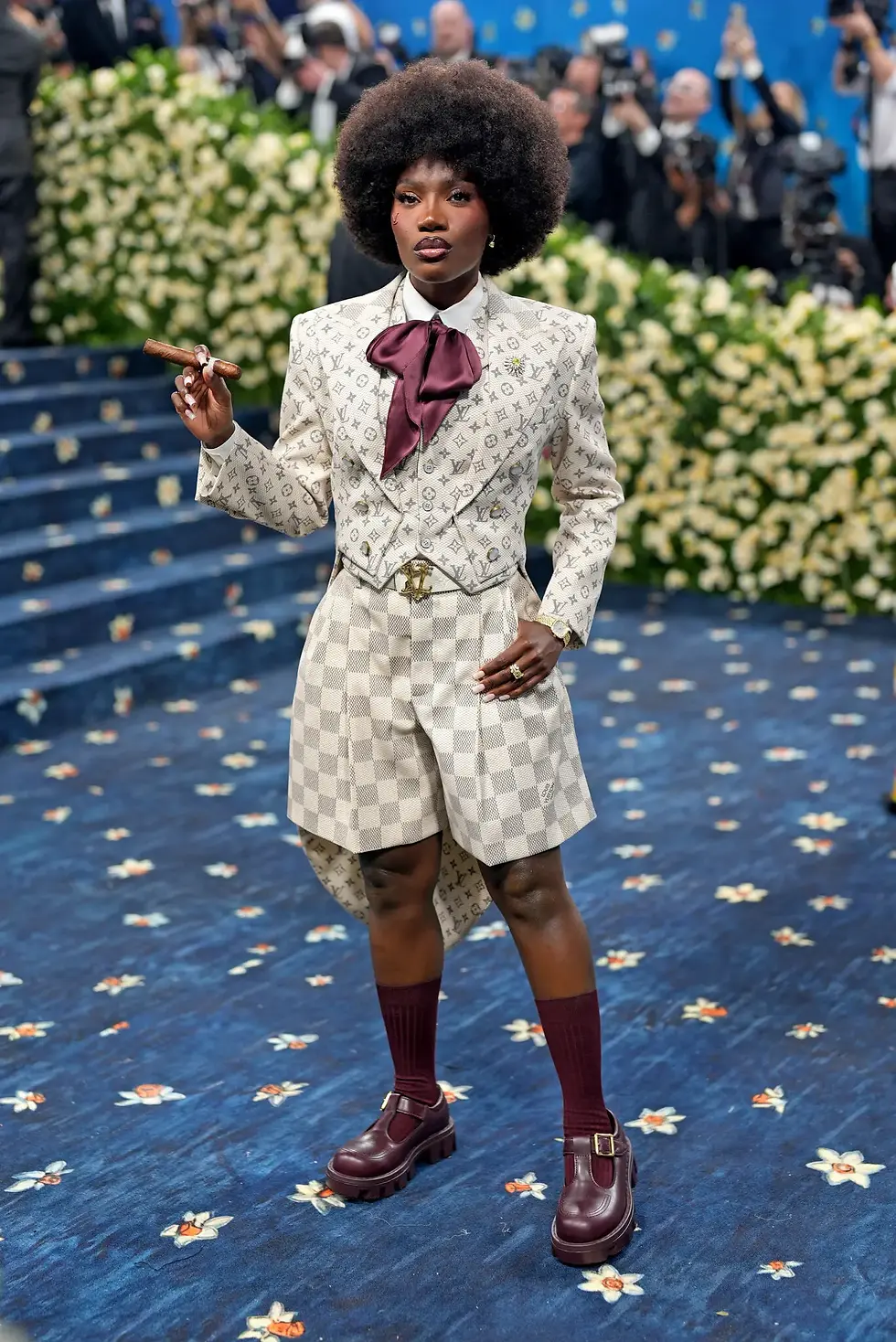
Beyond the title of the theme, the Costume Institute’s Spring 2025 exhibition explores the history of dandyism and its influence in the Western world. According to Vogue, “at its core, [Black dandyism is] a fashion revolution, a movement steeped in history, resistance, and pride.” For, throughout history, Black dandies, (men), would dress smartly and sharply in Zoot suits and pay particular attention to their looks, subverting the racist beliefs held by many of their era. See Frederick Douglass, the most photographed American of the 19th century, always captured in his portraits wearing tailored clothes and perfectly combed hair. See Duke Ellington, among many other jazz artists of the Harlem Renaissance, always performing with his hair slicked back in a dapper suit. The style of dandyism served as a reclamation of a past trend. In the antebellum South, wealthy households would show off their wealth by “dandifying” their enslaved servants, dressing them in antiquated-looking ensembles modeled on European fashion from a century earlier. Through Black dandyism, Black people reclaimed the term, redefining the style from its history of oppression and pain into something worth celebrating. This reclamation thereby reshaped dandyism’s definition to reflect their social mobility and aspirational freedom. For Black people, this style wasn’t just a fast fashion trend taken on and quickly shirked off. Black dandyism was a cultural statement, a form of resistance against societal norms, a way to express identity, and an enduring celebration of individuality.
Presenting the co-chairs of this year’s benefit:

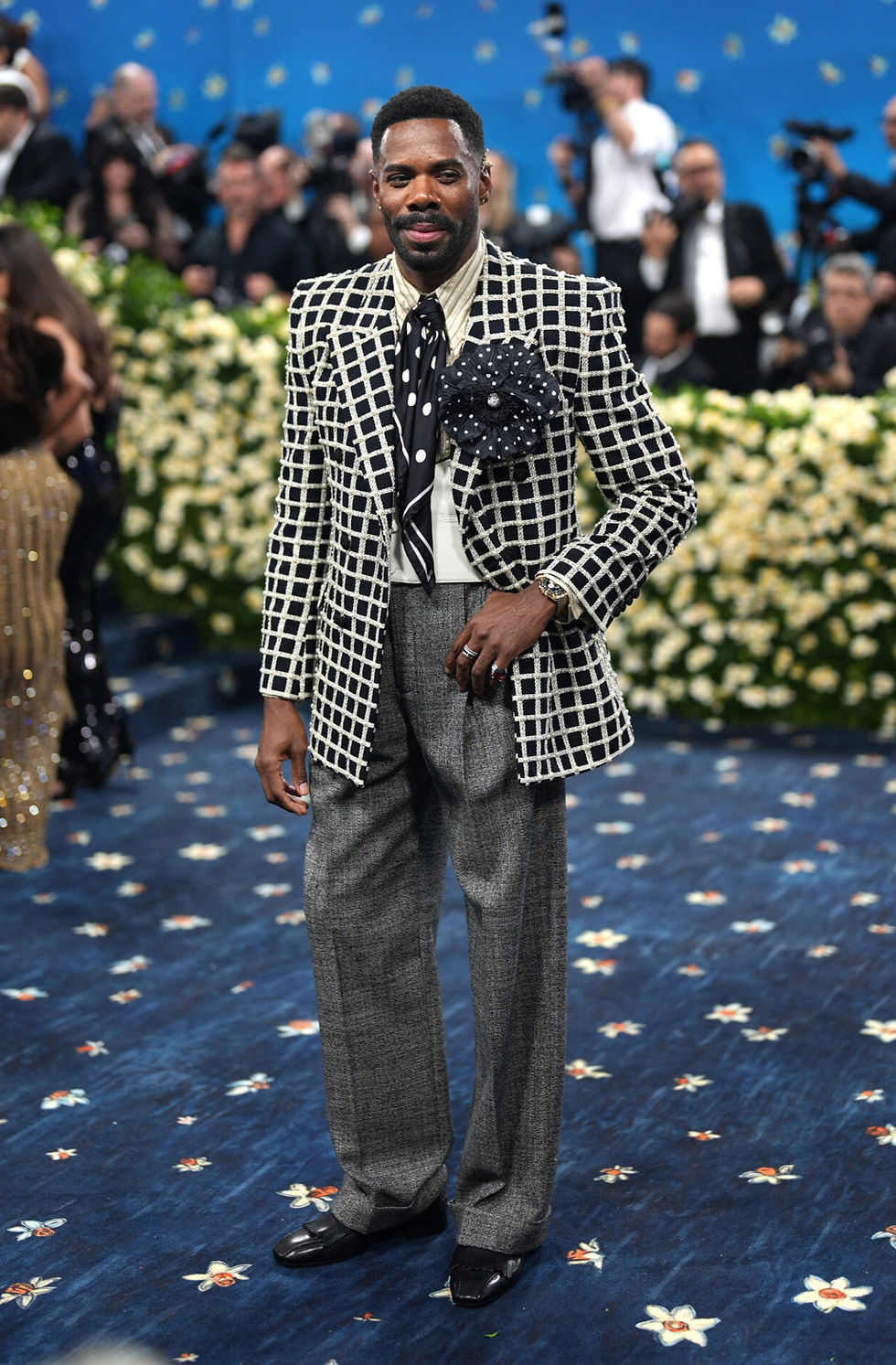
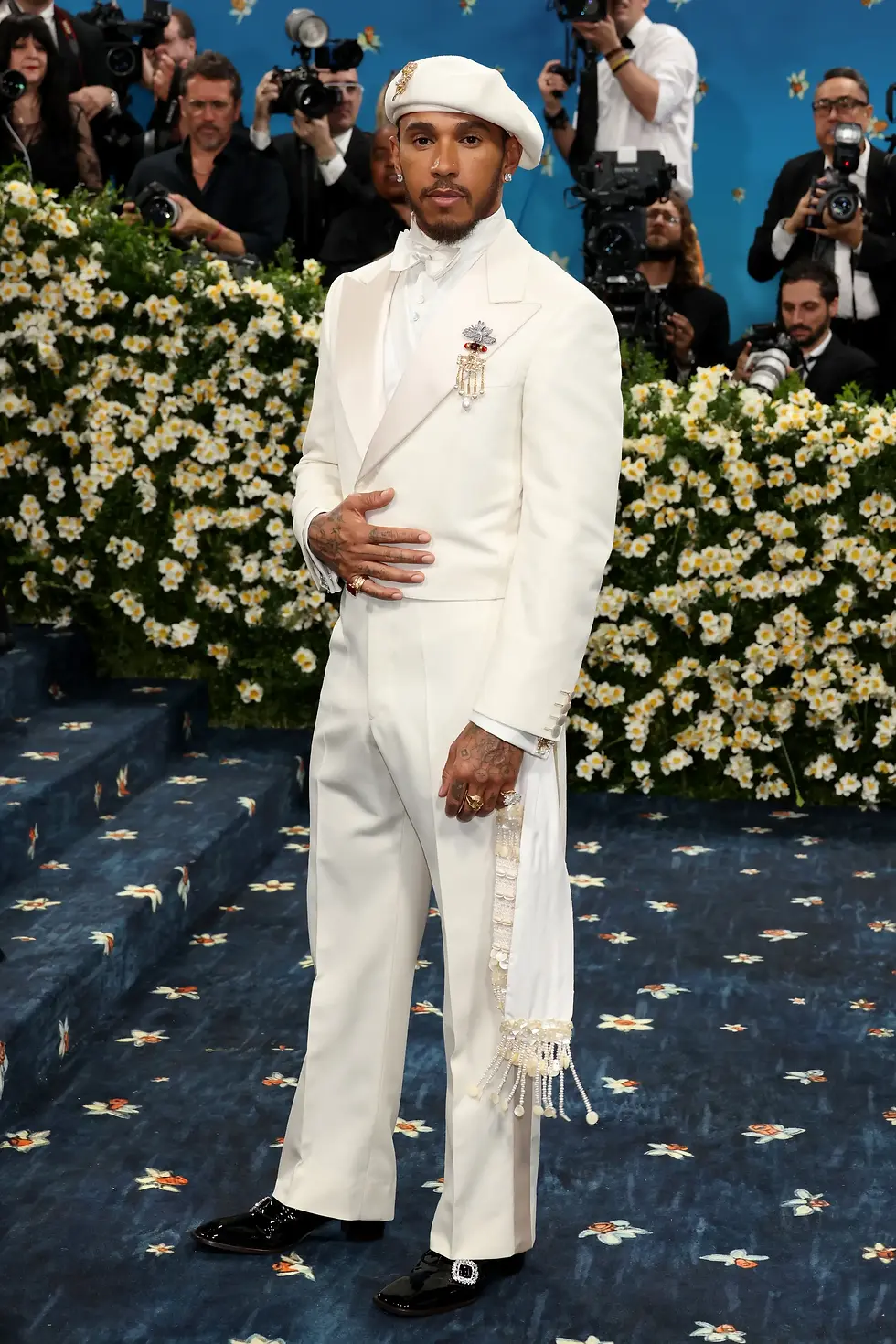

Yet, though Black dandyism was the focus of this year’s Met Gala, the question remains whether or not the fashion industry properly recognized the merits of black designers. Indeed, at the event there was the iconic Law Roach, known for styling his prominent clientele (including Zendaya), and the amazing Matthew Henson, who styled not one but two of this year’s co-hosts (A$AP Rocky and Pharrell Williams), including numerous other talented designers. It is also true that many of the celebrities wore outfits in homage to figures who had come before; the late great André Leon Talley, the first African-American creative director at Vogue, was a very popular reference. However, when looking at the entire fashion world, systemic oppression towards Black people in fashion persists. As explained by Stella Bugbee of the New York Times, “Despite many D.E.I. initiatives after 2020, the fashion world failed to make good on its promises; of the more than 15 recent appointments at the top of major brands, not a single one was Black.” Furthermore, the Costume Institute of the MET has never had a Black curator, and the museum itself has been accused by staff members of fostering a culture of systemic racism.
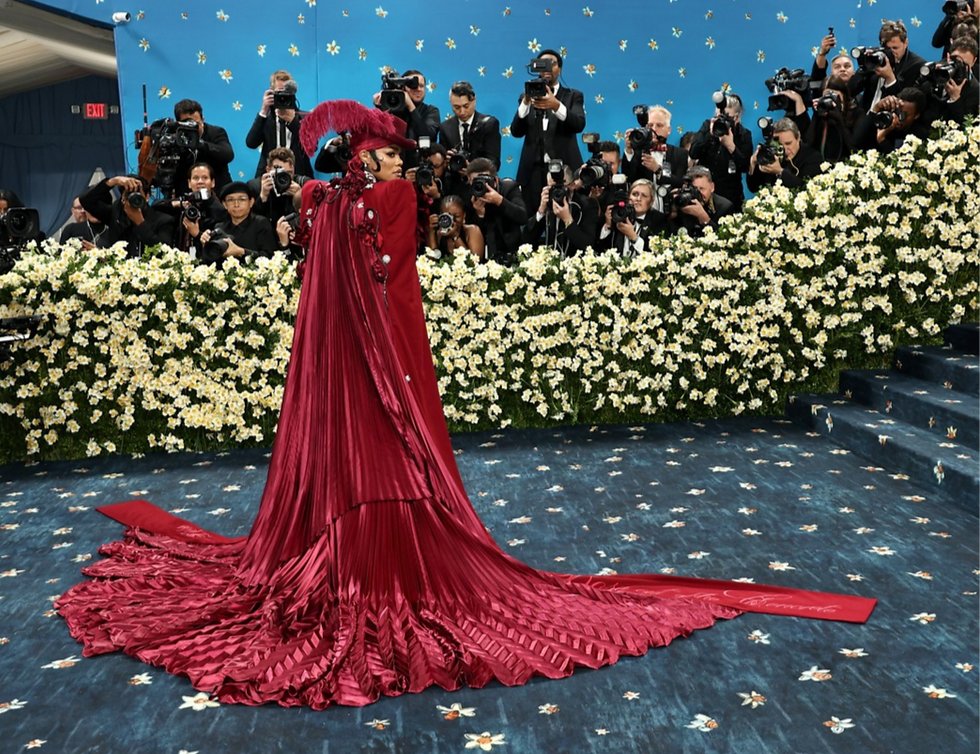
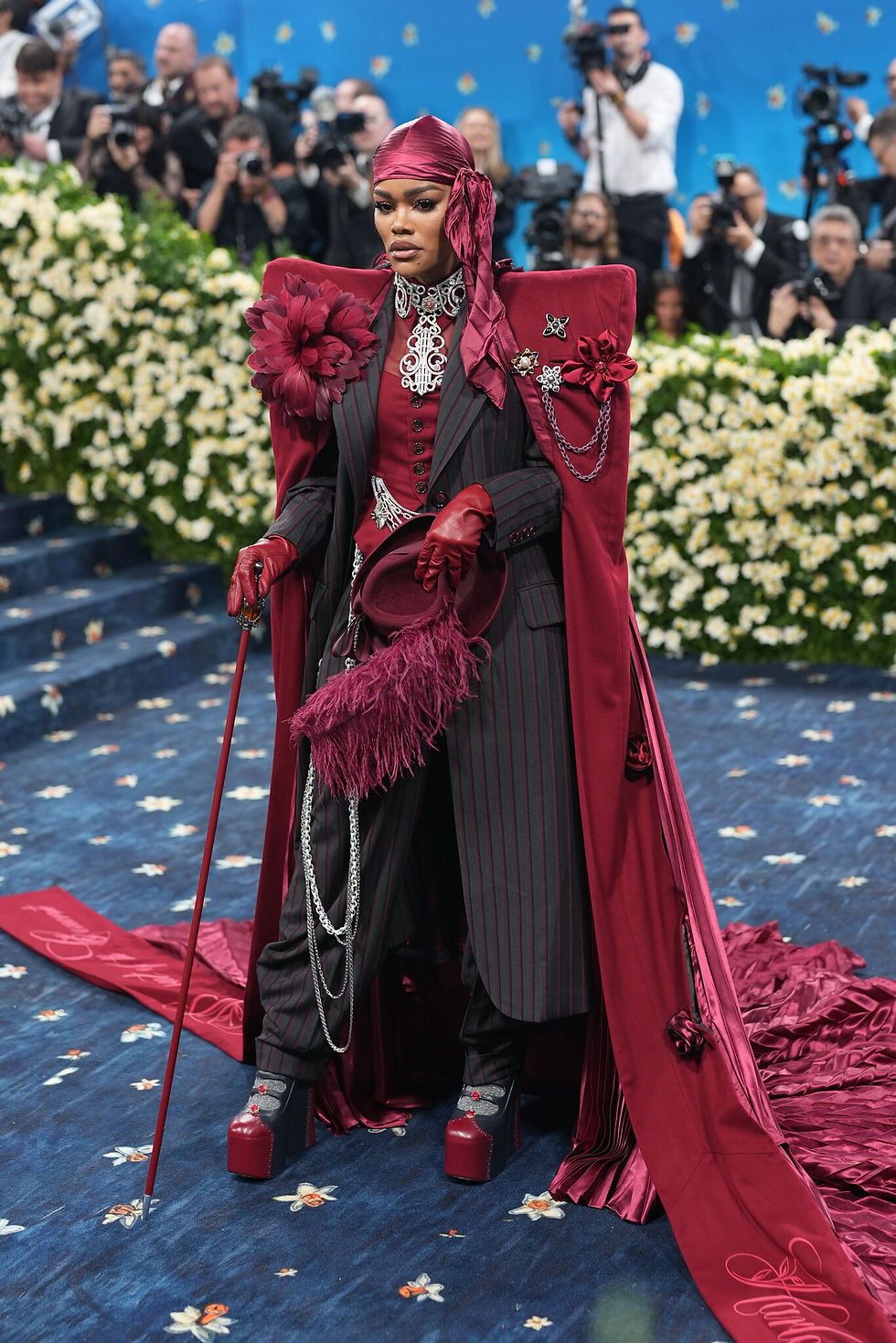
Further still, in the way the event itself was run, people were quick to notice that of the supporting staff, including photographers seen lining the blue carpet, Black people weren’t represented. Even the people seen walking the carpet showed how the exclusivity of the event, as Wintour handpicks who gets an invite, diminishes the overall quality. For, while the Kardashians routinely get reinvited, despite repeatedly not following the theme (and even destroying priceless pieces, in the case of Kim Kardashian wearing Marilyn Monroe’s gown for the 2022 theme), popular fashion influencers are often excluded. The most prominent example of this is Wisdom Kaye, a director, model, stylist, and content creator, whose fashion videos reach hundreds of thousands of people. Though Kaye, who is Nigerian-American, was invited to last year’s benefit, it was a shock to many when he didn’t get an invite to this year’s gala, particularly because of this year’s theme and Kaye’s continued growth in the fashion world.

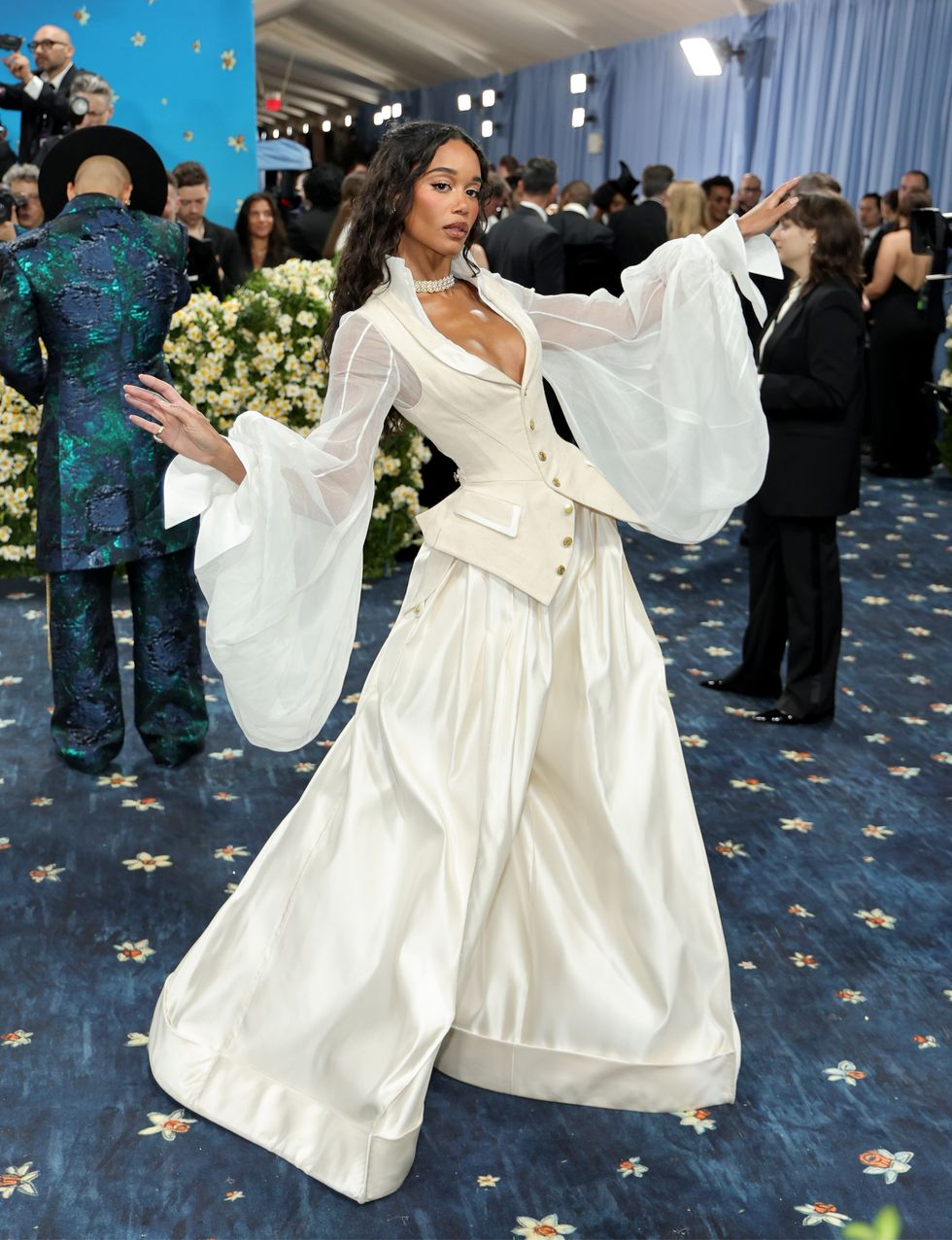
The absolute opulence of the Met Gala also raises more than a few eyebrows. The event charges $75,000 per ticket, and $500,000 per table, yet in most cases, the celebrities attending aren’t the ones footing the bill. Instead, the brands dressing them provide the outfits and the tickets, which the companies can then use as a tax write-off, even marking the cost of the ticket as a charitable donation, meaning that the federal government pays up to 30% of that $75,000 charge. As Binyamin Appelbaum laid out in his article, federal policies that provide tax breaks affect how nonprofits behave, incentivizing them “to behave in ways that will appeal to rich people.” This perspective is extremely concerning, especially since the event takes place in the middle of NYC, where 1 in 106 New Yorkers experience homelessness, and many of the nonprofits set up to aid unhoused people fail to raise even a fraction of what the Met Gala does.
An alternative, called the Debt Gala, seems to be the antithesis of the Met Gala. While still having a theme, being located in New York City, and occuring only a day before the Met Gala, the money raised by donations and $30 tickets instead goes to the charities the event pre-picks. This year, with a theme of “Let Them Eat Cake: Ruined Riches,” all proceeds were donated to Undue Medical Debt and For The Gworls, which offer crucial financial aid for gender-affirming care for Black trans folks, including procedures, medication, and other medical expenses. (I recommend checking out these charities. If you are able to, please support their mission.)
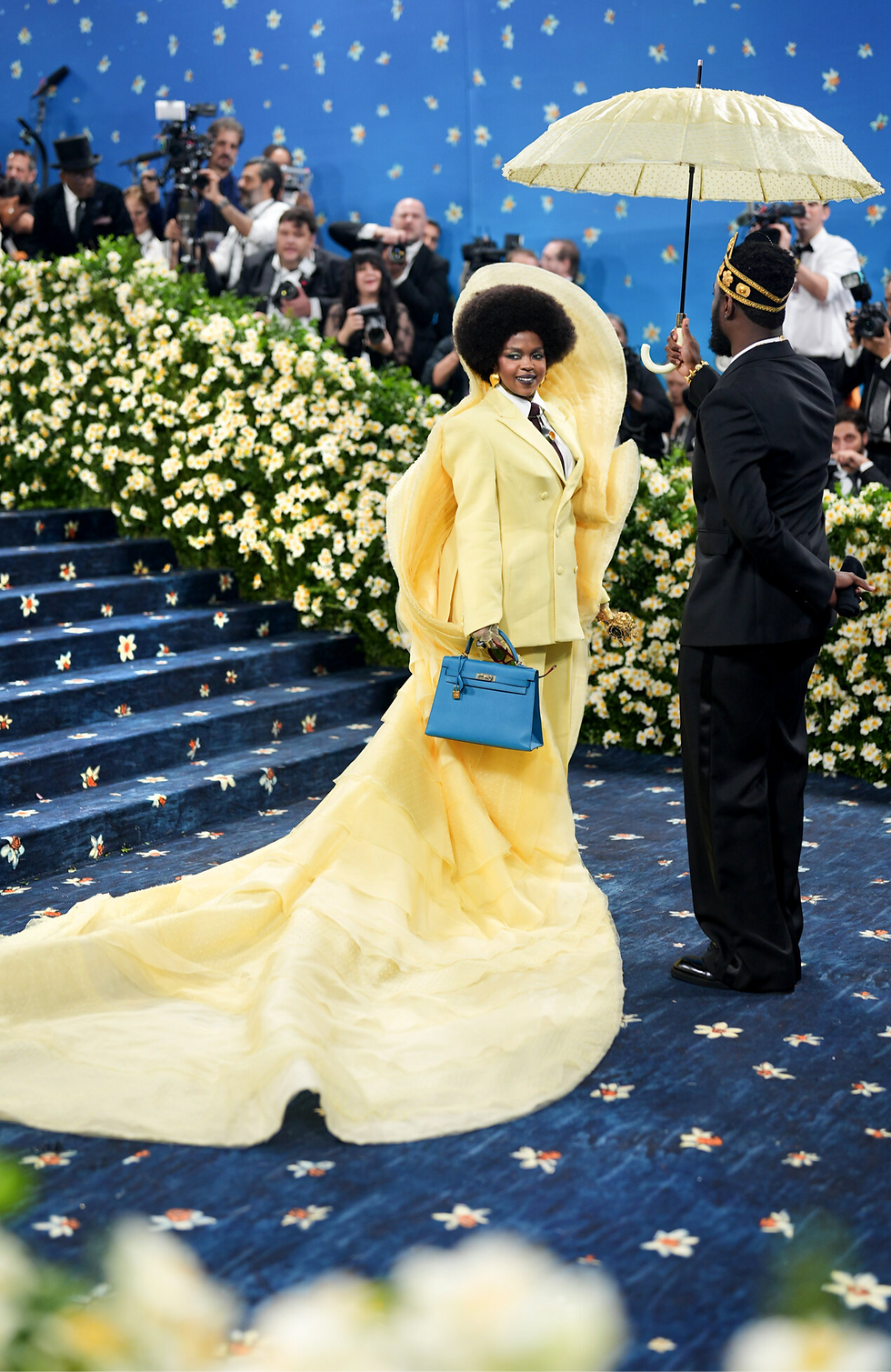
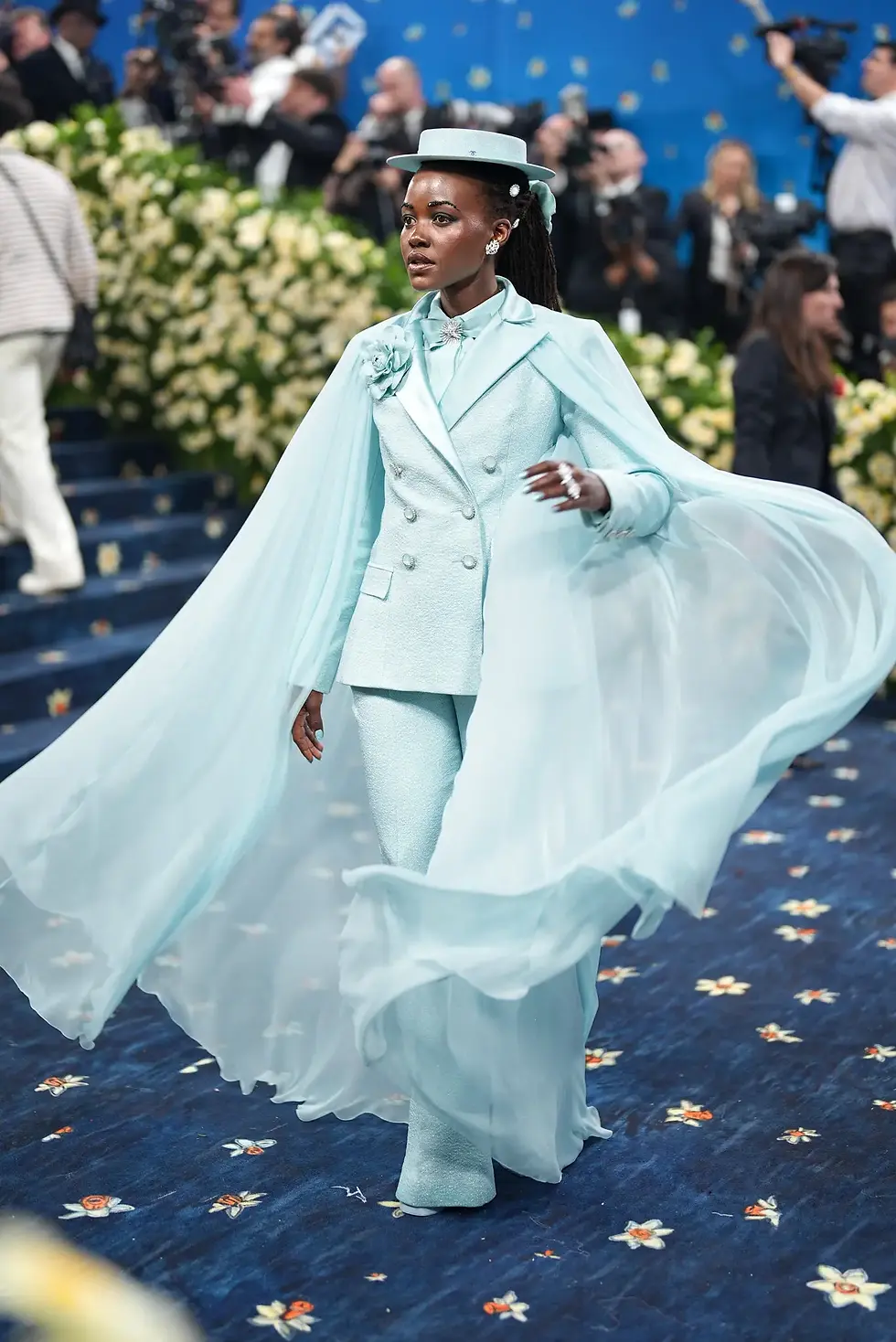
This isn’t to say that the Met Gala is all bad. This year, a record-breaking $31 million was raised, with the funds going toward preserving these pieces of history and keeping the exhibition running. Such funds directed towards preserving Black history are incredibly important, especially since the federal government has targeted programming related to race at many cultural institutions, from the Smithsonian to the Kennedy Center. History was also made on the blue carpet of the event, as many stars paid homage to the greats that had come before them. Zendaya (not pictured), for example, referenced Diana Ross, who was also in attendance for the first time in 20 years. And, for the first time ever, Black designers had the highest red carpet count in Met Gala history, with over 40 individuals involved in creating 100 looks.

To see more of the incredible outfits worn that night, I recommend checking out this article, which contains many of the celebrities that were there. To learn more about the theme, check out Miller’s book, or this article by Vogue. Get a glimpse of the new exhibit here, and if you’re in the area this summer, I highly recommend checking it out in person at the MET. I also highly recommend checking out these black-owned brands: Levels Apparel, Kin Apparel, and Actively Black. Supporting Black labels such as these and others ensures they can continue to produce amazing looks. We must also continue to do the work to break down barriers that impede the growth of marginalized people in the fashion space, creating a more inclusive marketplace, and a space for creativity to thrive. While the Met Gala did serve as a stage for this creativity to be expressed, we must ensure this isn’t a one-off occurrence. Instead, this event should be seen as a stepping stone to continue creating opportunities for more representation, and appreciation, to be seen in the world of fashion.
What are your thoughts on this year’s Met Gala? Were there any artists that stood out to you that weren't included above? Tell me your thoughts in the comments below!
Author's Note: I wrote this piece of commentary through my role as a Media and Production Studio Intern at Justice Vanguard, a non-profit organization fighting systemic racism and promoting social justice through educational tools and community events. Check them out, and, if you're able to, support their mission. To get more content like this delivered straight to your inbox, join their newsletter!



Comments